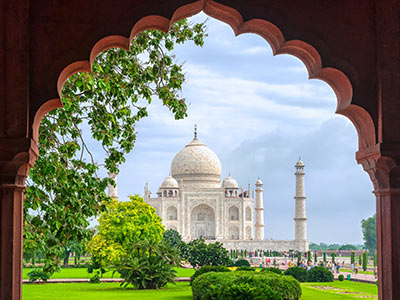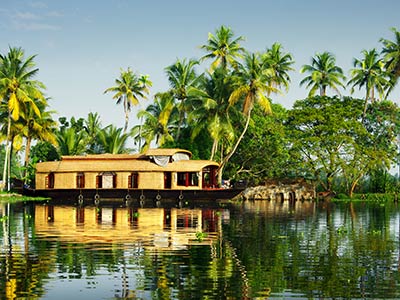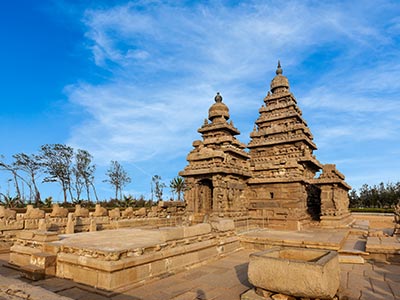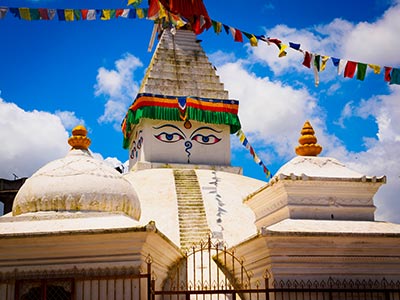

The diversified facades of India are far from imagination. While most of the travellers visiting this astonishing country get thrilled by the attractions sprinkled in major Indian cities, India veils some unknown treasure troves in the form of various tribes breathing here.
Far from the glitz and glamour of the modern world, the tribes of India depict a different charm of this country. Their beautiful culture, vibrant attires, uncomplicated lifestyle and incredible rituals make them a key lure enticing travellers from far and wide to look for Tribal tours to India.
Known for their heroism, Gonds mostly reside in the Chhindwara district of Madhya Pradesh. They live in mud houses and are known for their vibrant attires where men wear dhotis and women dress in sari with colourful ornaments. Most of the languages spoken by Gonds include Hindi, Marathi and Telegu. Keslapur Jatra, held between December and January, is the most respected festival of this tribe to worship the snake deity called Nagoba. Their local dance, Gusadi remains an important aspect in all their celebrations where the dancers wear head gears adorned with peacock feathers, smear ash all over their body and dress in their traditional clothes. Gonds strongly believe in their traditions and thus, celebrate Madai festival from the month of December to March to mingle with their relatives settled in other parts of India.
Travellers visiting the royal state of Rajasthan must discover the beautiful tribe located here, Bhils. This tribe is located mostly in Aravali Ranges of Sirohi in Udaipur and some other places of Dungarpur and Banswara districts of Rajasthan. This is the largest tribe of South Asia comprising 39% of the total population of Rajasthan. While Bhil women dress in traditional sari, Bhil men wear long frock with pajamas. The Baneshwar fair, celebrated in the month of January or February, is perhaps the best event to eye the vivaciousness of their culture. The fair is dedicated to Baneshwar Mahadev also known as Lord Shiva. During this event, the tribe members gather together on the banks of the Som and Mahi River and perform their traditional music & dance to pay respect to the deity.
A major tribe in West Bengal, Santhals can be spotted in the districts of Bankura and Purulia. While the local language of this tribe is Santhali, some Santhals also speak Bengali, Oriya and Hindi. Dance plays an integral role in their culture and is performed by women dressed in red bordered white sari. Santhals are known for bringing in a diverse musical style to India by using Tirio (bamboo flute), Phet banam (a fretless stringed instrument with three or four strings), Tumdak, Tamak, Junko and Singa. Santhals celebrate their local festival Karam festival in the month of September and October with great vigour to please the God to augment their prosperity and safeguard them from enemies.
Nagaland is home to over 20 tribes including the Angami tribe. Tenyidie is the most common language spoken by Angamis. While women of this tribe can be spotted wearing Mechala - the wrap around skirt and shawls, men dress in white Mhoushu and the black Lohe. Angamis are famous for their woodcraft and artwork. When it comes to festivities, Sekrenyi is a major festival of Angamis celebrated for ten days in the month of February. The festival mirrors the local music of Angamis played with drum and flute.
Originated in Tibet, Bhutia tribe is majorly concentrated in the dry valley of the northern Sikkim. They mostly speak Sikkimese and their traditional attire includes full sleeve loose dress for men and Silken Honju for women. Losar and Losoong are two major festivals of Bhutia tribe. Where Losar falls in February marking the beginning of the Tibetan New Year, Losoong is celebrated in December to bid adieu to the Tibetan year.
Known for multihued cultures and rich traditions, Khasi tribe is the soul of Meghalaya. Khasi people have still preserved their age old traditions which are reflected through their local music and dance forms. They speak Khasi, an Austro- Asiatic language. Their traditional attires make them stand out of all other tribes in India. While men wear long sleeveless coat known as Jymphong, women wear complex dresses with several layers of clothes. Nongkrem, celebrated in November, is a major festival of Khasi tribe. Another major festival close to the heart of this tribe is Shad Suk Mynsiem, a three day festival which falls in the month of April.
Apart from these, India is home to many other tribes, which bring in their own customs and traditions, making this country even more magnificent. Tribes such as Garo in Meghalaya, Munda in Jharkhand, Chenchu in Andhra Pradesh, Kodava in Mysore and Great Andamanese in Andaman Islands are some of the most popular tribes which add to the diversity dwelling in India.
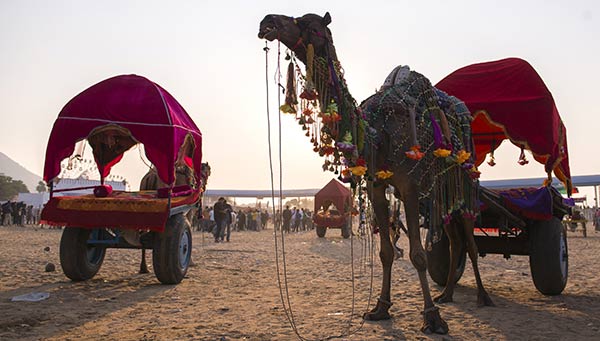
Our team is 24/7 at your service to help you with your booking issues or answer any related questions
USA: +1 786 396 4200
India: +91 971 730 0203
